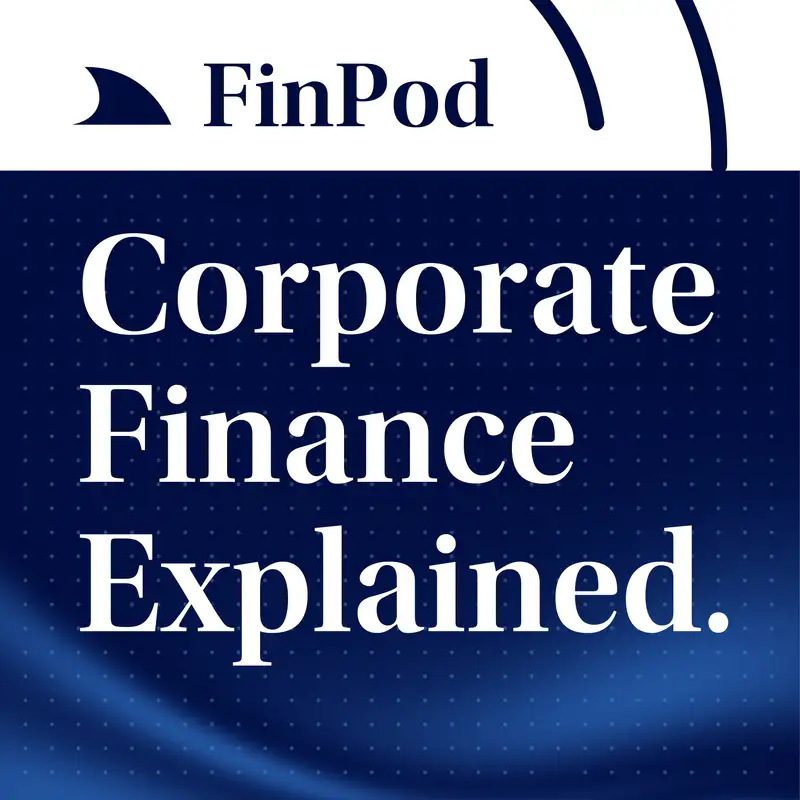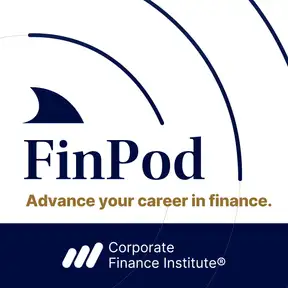Corporate Finance Explained | Understanding Capital Structure – Balancing Debt and Equity
Debt vs. Equity: How Companies Make Capital Structure Decisions
How do companies decide between debt and equity financing? Every corporate finance professional needs to understand capital structure—the mix of debt and equity that funds a company's growth, operations, and strategic moves. In this episode of Corporate Finance Explained, we break down the key concepts, trade-offs, and real-world examples of how companies optimize their capital structure.
What You’ll Learn in This Episode:
- The fundamentals of capital structure – How companies balance debt and equity financing.
- Debt vs. Equity: Pros and Cons – The trade-offs and risks of different financing methods.
- How major companies optimize capital structure:
- Apple’s debt strategy – Why a cash-rich company still issues corporate bonds.
- Amazon’s $13.7B Whole Foods acquisition – Using debt instead of equity to fund growth.
- Tesla’s evolving capital structure – From equity-funded expansion to leveraging debt.
- Airbnb’s pandemic survival strategy – Choosing debt financing to avoid investor dilution.
- Key theories behind capital structure – Exploring Pecking Order Theory, Modigliani-Miller Theorem, and the search for an optimal balance.
Who Should Listen?
- Corporate finance professionals managing capital structure decisions
- FP&A analysts looking to deepen their understanding of financing strategies
- CFOs and investment professionals who advise on corporate funding and debt management

